Yoga Practice
Yoga is a practice of kindness to yourself and those around you, but it begins with being kind to you.
The amazing thing about yoga is that while it’s wonderful to work with teachers, you can also learn how to practice on your own – if you can’t afford a class, or simply can’t even get there. It’s available to everyone, and isn’t about dynamic poses that draw gasps of wonder, it’s about self-love and self-care.
By matching breath with movement, by breathing into specific muscle groups, specific organs as we open, we begin to release tension, pain and trauma.
Flows which open the heart centre and expand the chest
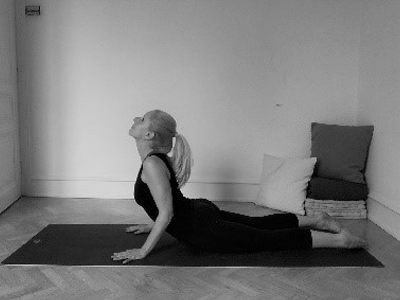
Forward folds are calming and soothing such as:
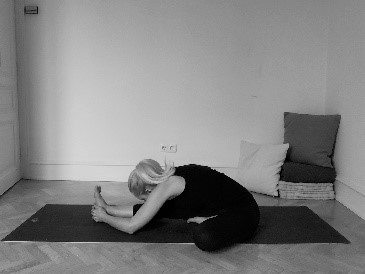
Seated Head to Knee Pose/Janu Sirsasana 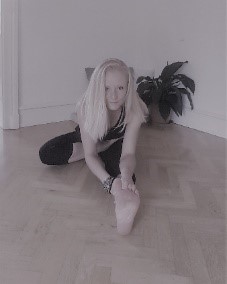
A forward fold and hip opener.
Cat/cow sequences bring movement to the spine
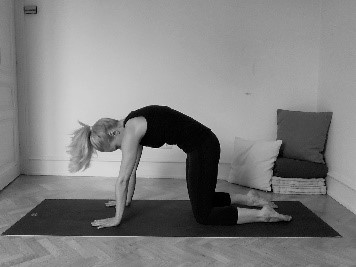
Cat-Cow Pose / Bitilasana Marjaryasana 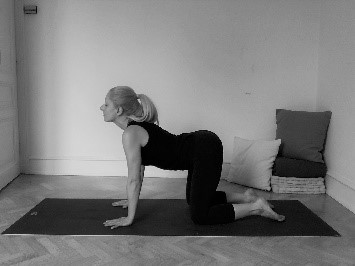
Allowing an easier life flow and playfulness.
Back bends are energy giving
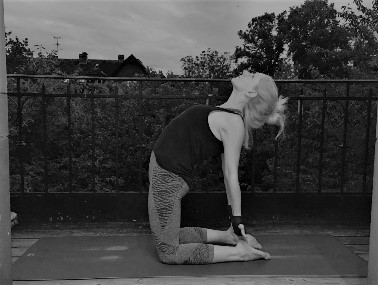
Camel Pose/Ustrasana 
Bridge Pose/ Seta Bandha Sarvangasana
Opening the hip flexors
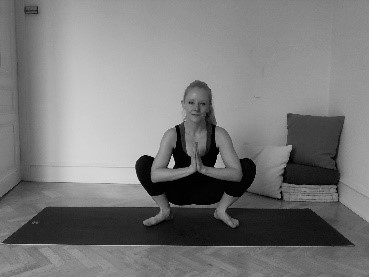
Yogi Squat Pose / Malasana 
Lizard Pose / Utthan Pristasana 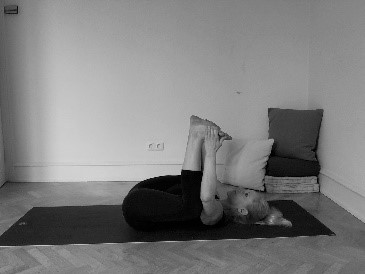
Happy Baby Pose / Ananda Balasana 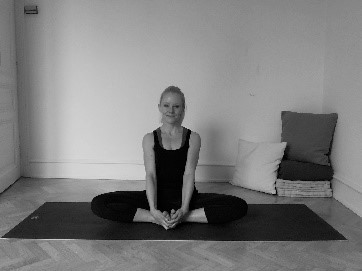
Bound Angle Pose / Baddha Konasana
Opening the hip flexors and one of the deepest emotion storing muscles that resides there, the psoas, is deeply releasing emotionally.
And one day, with consistent practice, you might just find that you can take a blow and not cower, not round, not sink, disappear or shrink. The muscles will learn how to release on their own. The breath will kick in unasked; to support the body that houses it. One day, there will be sufficient strength to stand tall in the face of what has passed and what is passing.
Once you learn how to move through trauma, it starts to lose its impact to an extent. I don’t and never will underestimate the need for other therapies, other modes of healing and support, but yoga is a mighty tool in your wellbeing tool kit.
Yoga is learning to sway in the storm, and not to break.
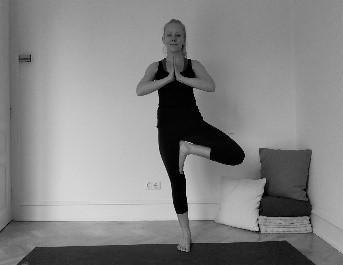
It’s learning to become your own safe harbour. It’s the beginning of being so powerful, resilient and humble that nothing and no one can break you.


